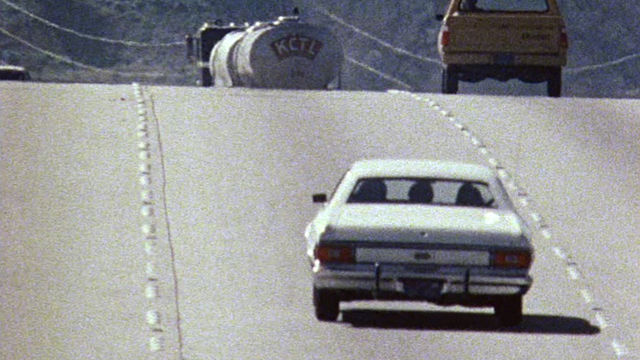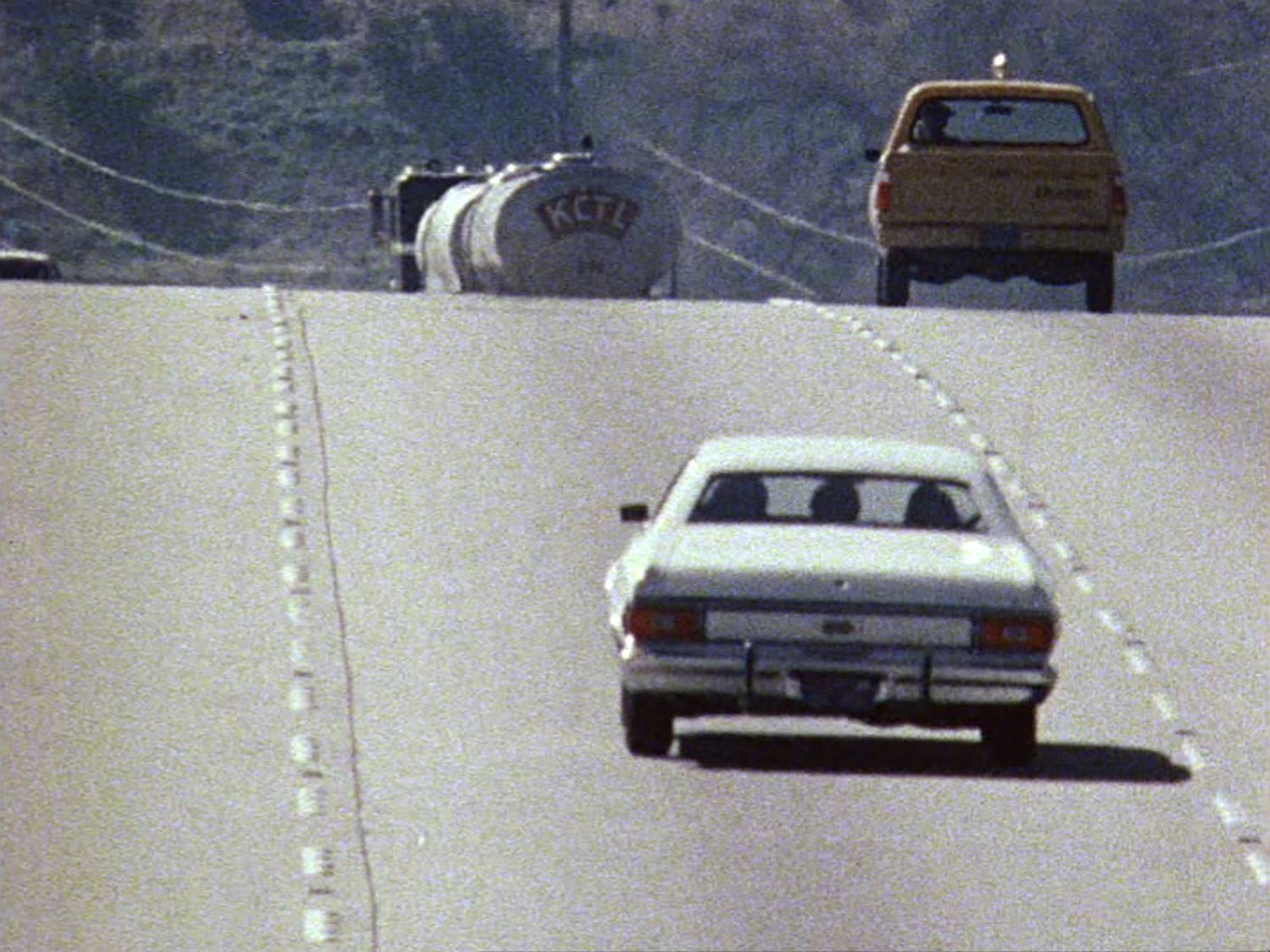
Where are They Now? David Lamelas's The Desert People
Where did The Desert People go? Taken literally this might seem to be a simple question but, figuratively speaking, it can point to issues concerned with urban sprawling and the slow disappearance of a Native American culture. Let's start by answering the literal meaning of this question. David Lamelas's The Desert People, a film from 1974 that is part of the Hammer Contemporary Collection, has been on a road trip of sorts to SITElines.2016 much wider than a line, Santa Fe's contemporary art biennial. As for the second interpretation of my opening question, well, that's what this work is about.
Produced in Los Angeles prior to Lamelas's move to the city in 1976, The Desert People was conceived as a part factual, part fictional documentary about a group of people recounting their experience visiting a Native American reservation. Described by the artist as "a study on American film production," the film shifts between genres to point to the deficiencies of narrative in documentary-style filmmaking. The 44-minute long film progresses as a typical road movie, interspersed with interviews that provide both reliable and unreliable accounts of the conditions of the Tohono O'odham people (a name meaning "desert people") in southern Arizona and northwestern Mexico, whose loss of indigenous culture forms the basis of Lamelas's artistic inquiry.
As described by Pablo León de la Barra in the SITElines.2016 exhibition catalogue, the five passengers who ride in a white Ford Gran Torino recount, in individual scenes, their experience in the Tohono O'odham Indian reservation. Four of them are white Americans but the last passenger, Manny, is Tohono O'odham. As we listen to the cultural (mis)interpretations of the four travelers, Manny's insight is complicated by his narration in three languages—English, Spanish, and O'odham language. This shift from one language to another exemplifies the gradual loss of knowledge about this Native American community as less people are able to understand the words Manny speaks. The ending (spoiler alert!), when the Gran Torino falls off a cliff and crashes into the sea, is a dramatic response to Manny's question: "What is going to happen when my language fades into nothing?"
We, in Los Angeles, love our cars, films, and films about cars. What is rarely investigated, however, is the intersection of these topics with the politics of land, especially as it concerns this country's first nations. Lamelas's The Desert People brings these issues to the fore and invites us to look at them through the lens of film.

Starting in 2016, audiences west of the Mississippi river are having a David Lamelas treat. This Argentine-born artist, who exhibits in Europe on a regular basis, exhibited The Desert People in January 2016 at the Hammer followed by SITE Santa Fe, and in 2017 Lamelas will have his first monographic exhibition in the US at CSU Long Beach University Art Museum as part of the Getty Foundation's Pacific Standard Time: LA/LA initiative.
SITElines.2016 much wider than a line opened on July 16 and will close on January 8, 2017. The second installment of SITE Santa Fe's biennial, SITElines.2016 features 35 artists from 16 countries and 11 new commissions organized around intersecting ideas brought together by a team of five curators−Rocío Aranda-Alvarado, Kathleen Ash-Milby, Pip Day, Pablo León de la Barra, and Kiki Mazzucchelli. This year's biennial is an articulation of the interconnectedness of the Americas and various shared experiences such as the recognition of colonial legacies, expressions of the vernacular, the influence of indigenous understandings, and our relationship to the land.




